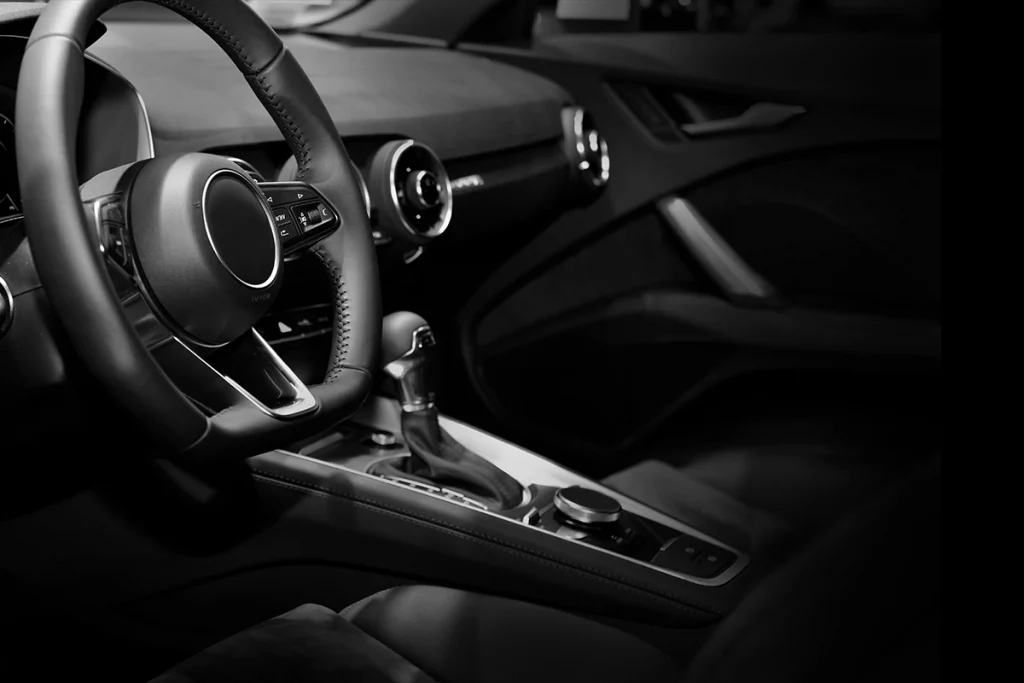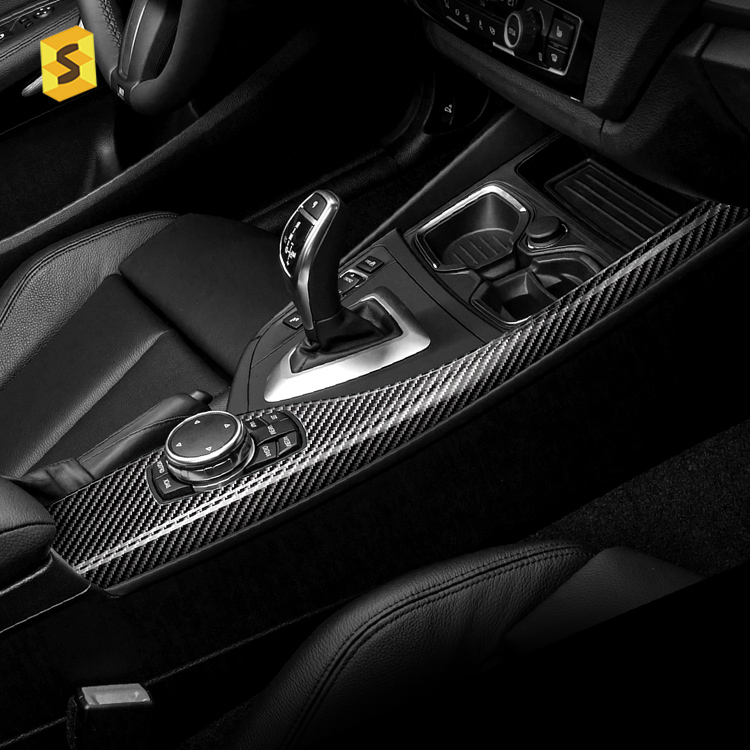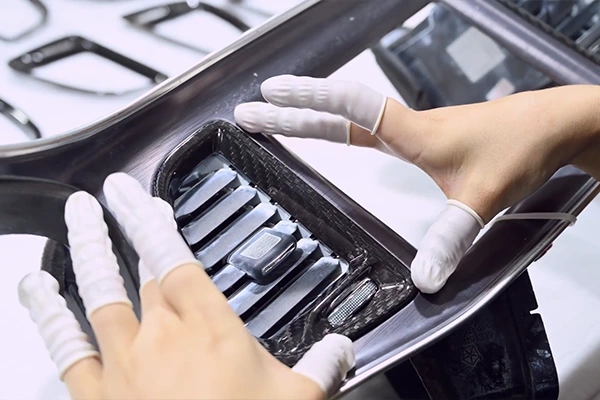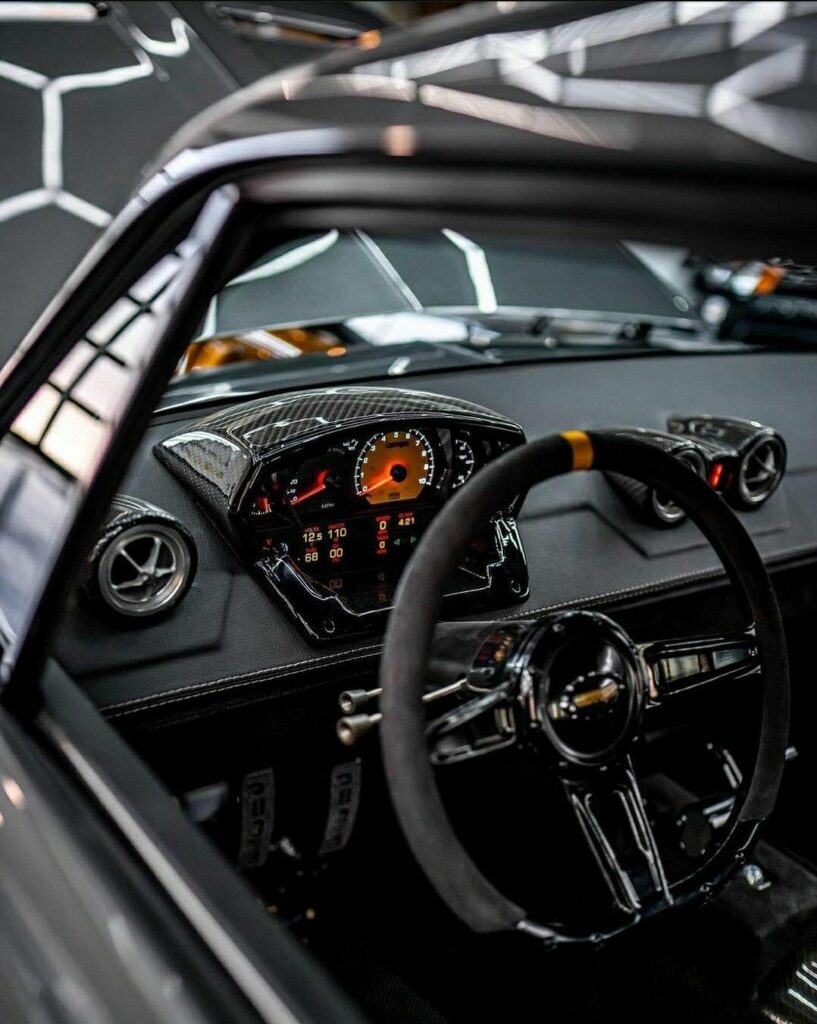| Weave Patterns | Features | Applications |
| Plain Weave | Lighter weight, lower cost, less strong | Non-critical car parts: seat backs, speaker grills, and dashboard trim |
| Twill Weave | Lighter weight, durable, improved strength and performance | Weight-sensitive car parts: hoods, fenders, and spoilers |
| Satin Weave | Less stiff, more time-consuming and expensive, unique glossy finish and superior aesthetic quality | Car parts where the appearance is important: interior console parts, door panels, and side mirrors |
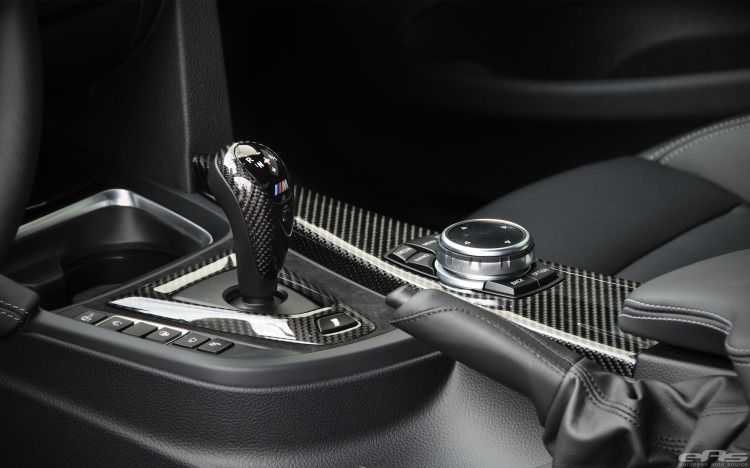
source: pinterest
Carbon fiber has become an essential material in the manufacturing of car parts over recent years. Its incredible strength and weight-saving properties make it a top choice for car makers worldwide.
However, creating carbon fiber car parts is not as simple as making traditional metal auto components. Weave patterns play a crucial role in the manufacturing process of carbon fiber auto parts and affect the performance, appearance, and overall quality of the finished product.
Therefore, understanding the different weave patterns of carbon fiber car parts is essential for car designers, mechanics, and enthusiasts alike. In this article, we will explore different weave patterns used in carbon fiber manufacturing, their characteristics, and their impact on carbon fiber car parts.
Types of Weave Patterns
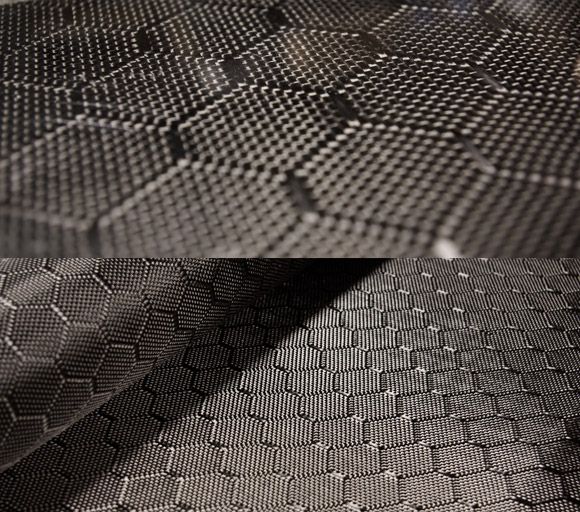
source: pinterest
Carbon fiber manufacturers use a variety of weave patterns to create car parts. The most common patterns include the plain weave, twill weave, and satin weave.
Plain Weave
The plain weave is the simplest carbon fiber weave pattern, with fibers running perpendicular to each other in a checkerboard-like pattern. This pattern is lightweight but not as strong as other patterns, making it a suitable choice for less critical areas of a car’s interior or exterior.
Twill Weave
The twill weave pattern is a diagonal pattern that is more commonly used in carbon fiber manufacturing. It provides improved strength and performance compared to plain weave due to its diagonal composition. Car parts that require extra stiffness and strength, such as hoods and fenders, typically use twill weave pattern.
Satin Weave
The satin weave pattern is a more flexible weave with a unique glossy finish, making it suitable for aesthetic applications. This pattern is complex and time-consuming to create, making it more expensive than other patterns. Car parts that require an elegant finish, such as a car’s interior trims or dashboard, may use the satin weave pattern.
In summary, each weave pattern has unique characteristics that affect the final product’s appearance and performance. A combination of weave patterns can often be used in a single car part to achieve the desired strength, stiffness, and aesthetic appearance.
Plain Weave: The Basic of Carbon Fiber
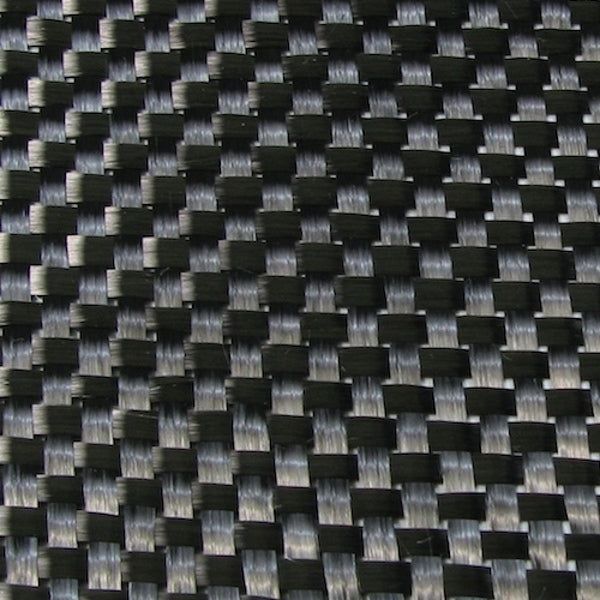
source: pinterest
The plain weave is the most basic and straightforward carbon fiber weave pattern in use today. It is composed of fibers laid out in a checkerboard-like pattern with each strand running perpendicular to the adjacent one. This straightforward layout makes the plain weave pattern the simplest to manufacture, but also the least strong.
Although lightweight, the plain weave pattern is not as strong as other weave patterns, making it best suited for non-critical car parts where strength and stiffness are not paramount. Some typical examples of car parts that may use plain weave pattern include seat backs, speaker grills, and dashboard trim.
The advantage of plain weave carbon fiber is its lower cost and lighter weight compared to other patterns.
Additionally, its smooth texture and finish make it ideal for aesthetic pieces where the structural integrity is not crucial. However, the plain weave pattern’s reduced strength makes it a less ideal choice for car parts exposed to external stresses, such as forceful impacts or high speeds.
Twill Weave: The Improved Strength Pattern
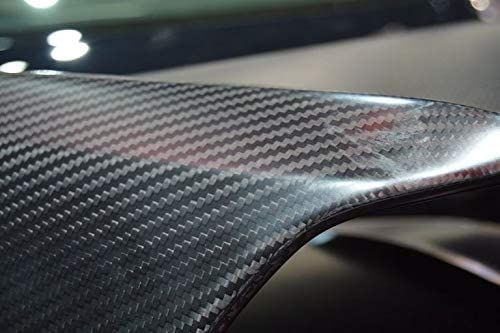
source: pinterest
The twill weave is a diagonal pattern that is more commonly used in carbon fiber manufacturing than the plain weave. It is composed of fibers that are woven diagonally, creating a distinctive pattern that is known for its improved strength and performance compared to the plain weave pattern.
Twill weave carbon fiber is more durable and offers greater stiffness than plain weave carbon fiber. It is often used in car parts that require additional strength, stiffness, and performance, such as hoods, fenders, and spoilers. Twill weave carbon fiber is also popular in racing and sports cars due to its high performance and durability.
The twill weave pattern provides greater resistance against external stresses compared to plain weave. The diagonal arrangement of the fibers allows for better distribution of forces, making it ideal for car parts exposed to forceful impacts or high speeds. Despite its improved strength, twill weave carbon fiber is still lightweight, making it ideal for weight-sensitive car parts.
Some typical examples of car parts that use the twill weave pattern include engine covers, hoods, fenders, and spoilers. These parts require additional stiffness and strength to withstand external stresses while maintaining their shape and aerodynamic properties.
Satin Weave: The Aesthetic Weave Pattern
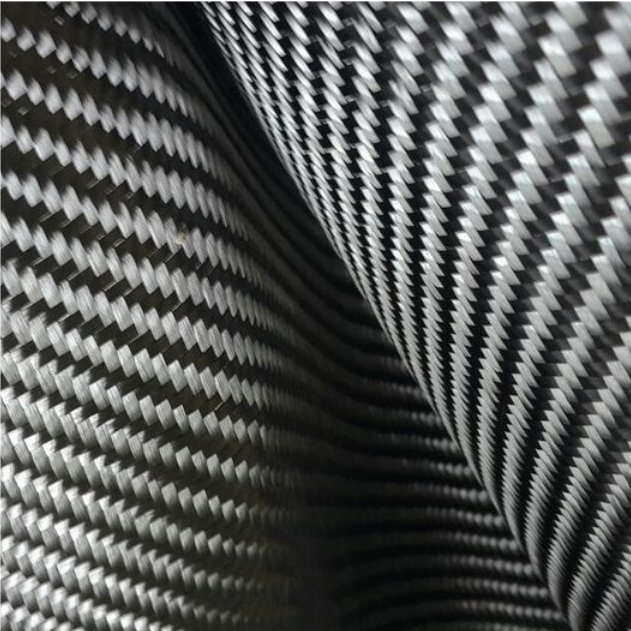
source: pinterest
The satin weave pattern is a more flexible weave, known for its unique glossy finish and superior aesthetic quality. Unlike plain weave and twill weave patterns, the satin weave is created by weaving the fibers in a specific method that creates longer floats between the interlacing fibers. This pattern creates a pattern that reflects light in a way that is more pleasing to the eye.
The unique weaving technique creates a glossy finish that gives the car part an elegant and luxurious appearance. This pattern is often used in car parts where the appearance is as important as the function, such as interior trims or console parts.
One of the main disadvantages of the satin weave pattern is its complexity, which makes it more time-consuming and expensive to manufacture than other patterns. However, the satin weave pattern is less stiff than twill weave or plain weave patterns, making it better suited for applications where flexibility is necessary.
Car makers use the satin weave pattern in car parts that require visual elegance and minimal functional stresses, such as interior console parts, door panels, and side mirrors. Some sports cars also incorporate satin weave carbon fiber into exterior body parts to provide a unique and premium look.
Combination Weave Patterns
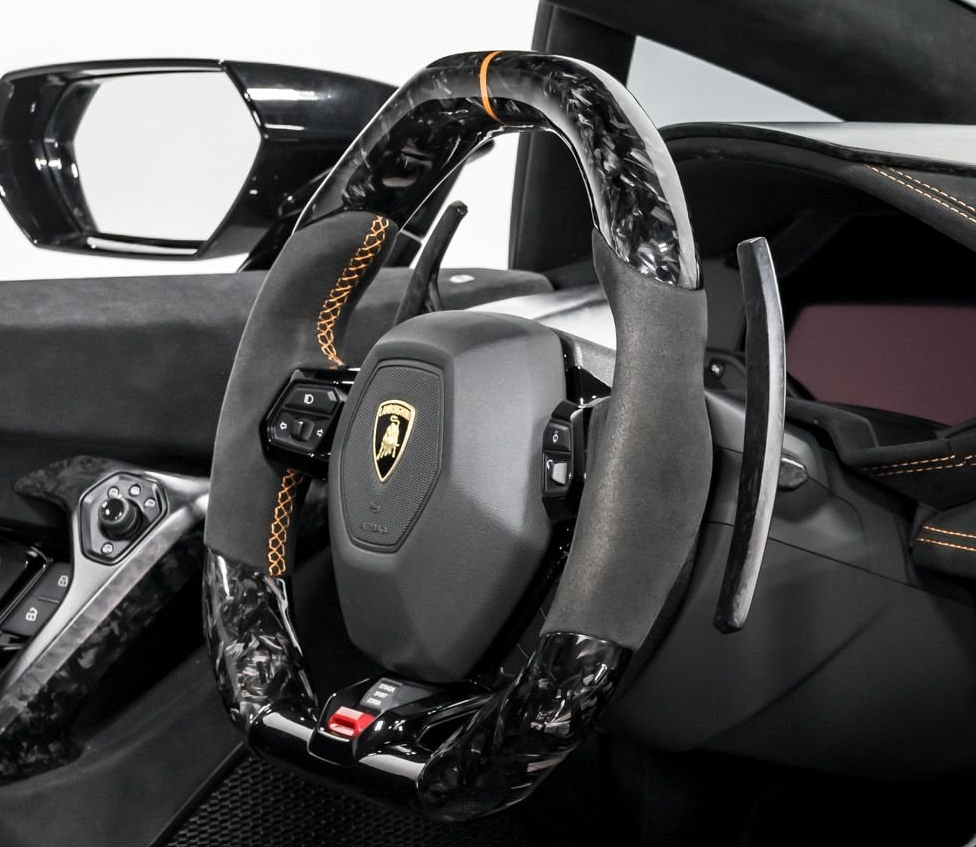
source: pinterest
Combining different weave patterns within a single car part is a common practice in carbon fiber manufacturing. By utilizing different patterns in different areas of a part, manufacturers can improve its overall performance, aesthetics, and functionality.
A combination of weave patterns can provide improved strength, stiffness, and durability compared to using a single weave pattern. For example, a manufacturer may use a twill weave pattern in high-stress areas such as the hood or the rear spoiler, while using a plain weave pattern in the less demanding areas of the car part. This approach helps to optimize the use of materials and maintain the car part’s overall weight.
Combining different weave patterns can also enhance a part’s aesthetics. A manufacturer may use a satin weave pattern on a car part’s exterior surface, creating an aesthetically pleasing visual effect, while using a twill weave pattern on the underside to enhance the part’s strength.
Choosing the Right Weave Pattern
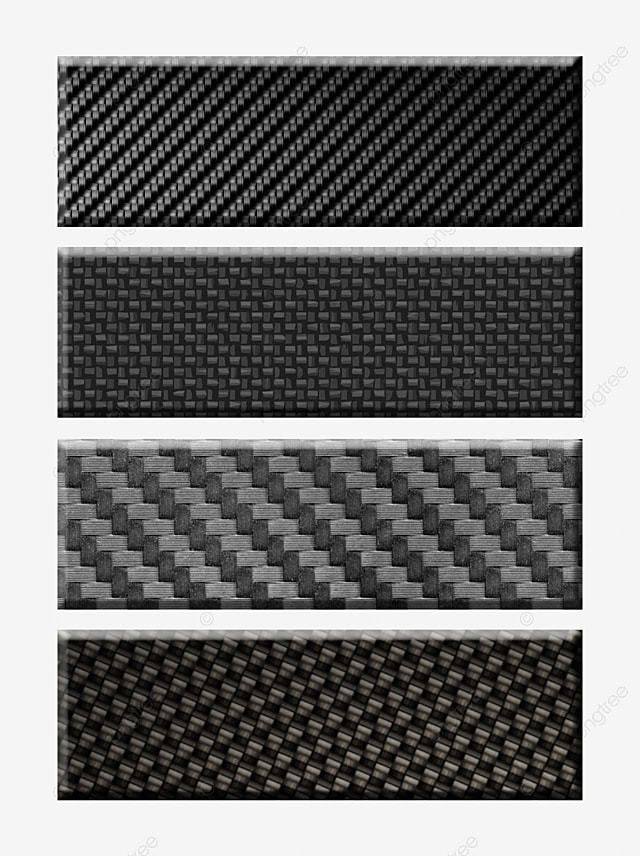
source: pinterest
Choosing the right weave pattern for a given car part is crucial to optimize its performance, weight, and appearance. When selecting a weave pattern, various factors such as weight, strength, durability, and cost must be taken into consideration.
- Weight
Choosing a lightweight weave pattern is essential for high-performance car parts where reduced weight can improve acceleration, handling, and fuel efficiency.
- Strength and Durability
For car parts that require greater strength, stiffness, and durability, a heavier, stronger weave pattern might be more appropriate.
- Cost Considerations
Cost is an important factor in weave pattern selection, as more complex weave patterns tend to be more expensive.
- Type of Car Part and Its Intended Function
Other factors such as the type of car part and its intended function may also influence weave pattern selection. For example, car parts such as hoods, fenders, and spoilers require a pattern that provides both strength and lightweight performance, while interior console parts may prioritize aesthetic quality over strength.
Conclusion

source: pinterest
Understanding different weave patterns is essential for selecting the best one to optimize performance, weight, and aesthetics in carbon fiber product design.
The future of carbon fiber in the automotive industry is exciting, promising to create cars that are safer, more fuel-efficient and even more visually appealing than ever before. As the use of carbon fiber continues to grow in the industry, understanding weave patterns will remain pivotal for creating innovative and stunning car parts.



